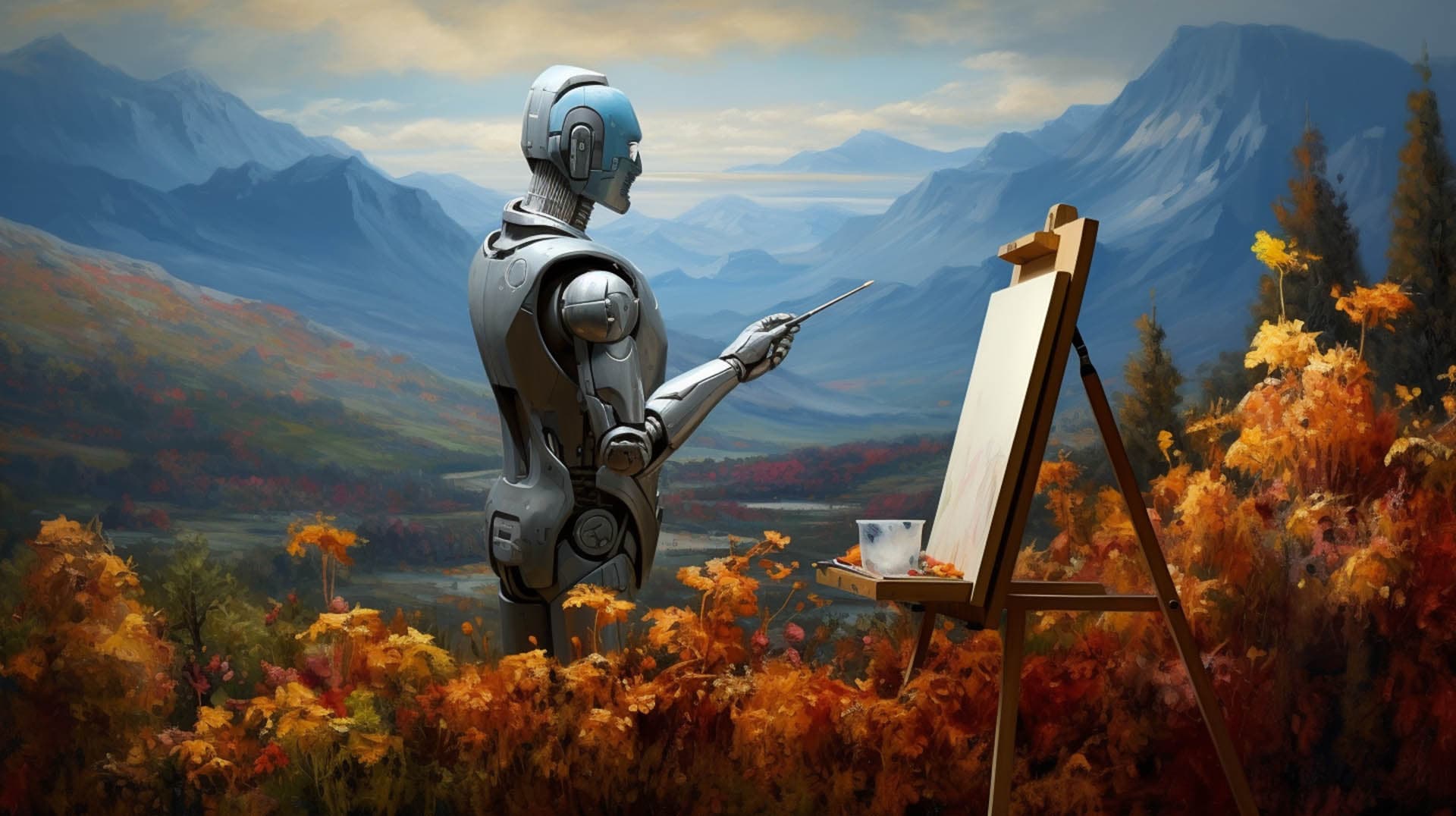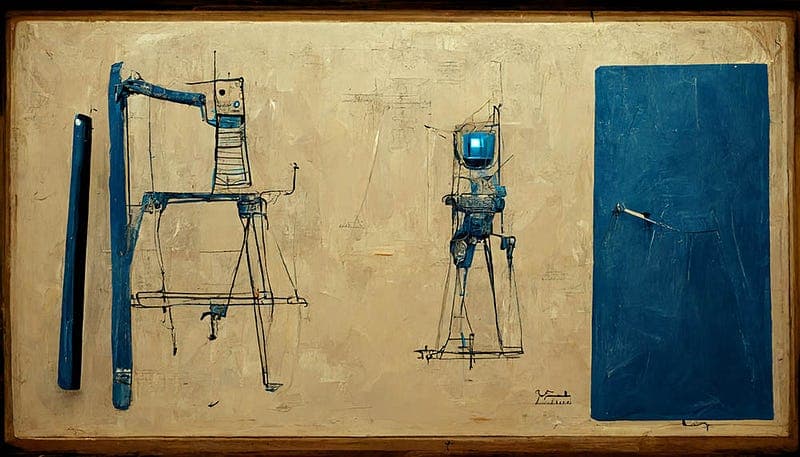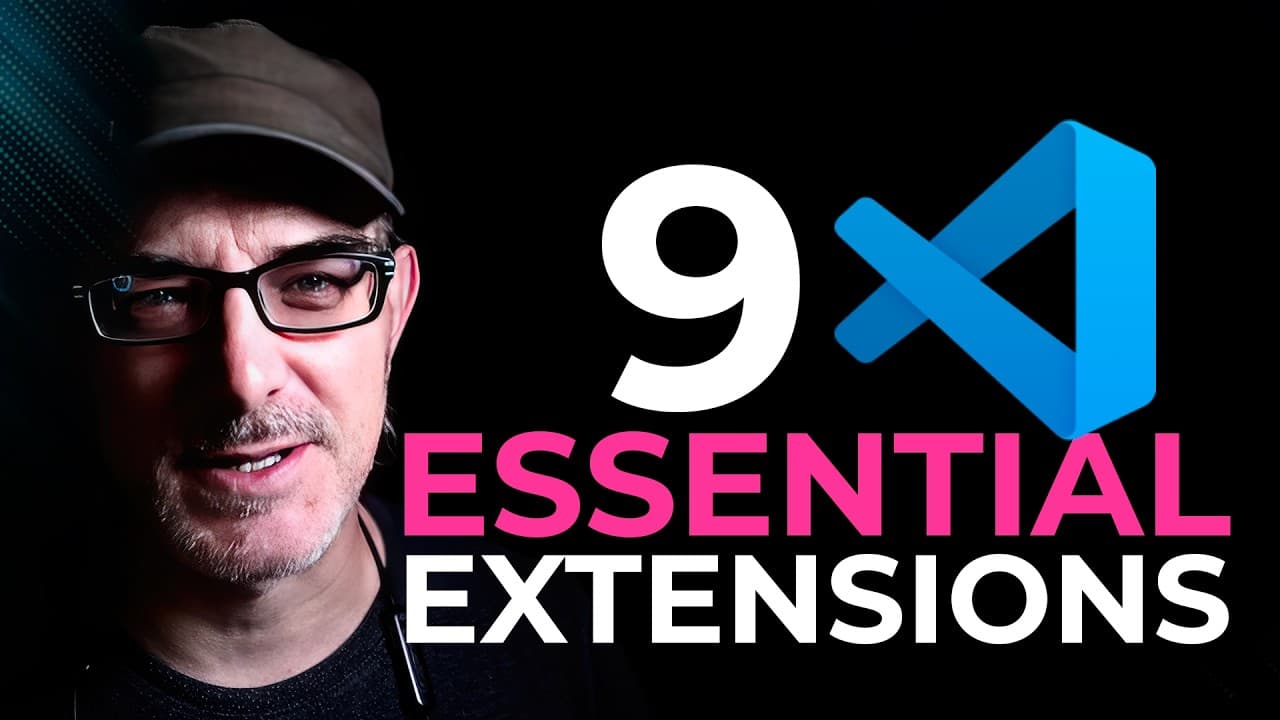The OpenAI Board vs Sam Altman Saga: Values vs Value
This past week saw a massive upheaval in the tech world. AI’s poster child, OpenAI, was rocked by drama. But the plot felt like a hallucination-ridden response to a vague ChatGPT prompt.
What happened, and why?
We don’t (yet) know all the details, but it seems the dust is finally settling. On Friday, the 17th of November, a few days after OpenAI’s first DevDay, Sam Altman, OpenAI’s CEO, received a link to an unplanned conference call. When he connected, he was faced with four of the other five board members. Greg Brockman, the chairman of the board and Sam’s ally, was not invited. At this meeting, Sam was informed that he was fired and that Greg Brockman had been demoted from his position on the board but would continue working at OpenAI. However, when the news came out, Greg quit.
The press release announced Mira Murati, the CTO, would be taking over as interim CEO. The announcement of Sam’s firing sent shockwaves throughout the company and, indeed, the tech world. It would turn out to be a badly calculated move that, in the end, backfired on the board. We’ll get to that later. But first…
Who was on the board that fired Sam Altman?
Of the six board members, three were OpenAI employees, namely
- Greg Brockman (the Chairman & President),
- Sam Altman (the CEO who got fired)
- and Ilya Sutskever (the Chief Scientist).
The board also had three non-employees:
- Adam D’Angelo, who founded Quora, the Q&A website
- Tasha McCauley, a founder of “Fellow Robots“ and, incidentally, wife of Joseph Gordon-Levitt
- And Helen Toner, the Director of Strategy and Foundational Research Grants at Georgetown’s Center for Security and Emerging Technology (CSET).
The board needed a majority to fire the CEO and remove the Chairman. The remaining four, therefore, needed to vote unanimously. This fuelled suspicions that Ilya Sutskeva, the single cofounder who voted to oust Sam, had initiated the process.
When justifying the firing, the board stated it was a “deliberative review process by the board, which concluded that Sam was not consistently candid in his communications with them, hindering its ability to exercise its responsibilities.” Or, to state things more directly, they accused him of lying to them.
The result, they said, was that “the board no longer has confidence in his ability to continue leading OpenAI”.
Now as you can see the board has a different makeup than what you can find in most boardrooms.
Why does OpenAI have researchers and scientists on its board?
Unlike the other tech world darlings, OpenAI used to be a non-profit.
The board’s goal, as stated on openAI’s website, is not to generate profit but to build ”safe and beneficial artificial general intelligence [a.k.a AGI] for the benefit of humanity. Their fiduciary duty is to humanity, not to investors. Why did the board fire Sam? There are plenty of competing theories about that, we’ll go into that later. The one thing we do know is that given the board’s composition, it was not over business reasons.
After the announcement, Sam Altman posted on X/Twitter: “if i start going off, the openai board should go after me for the full value of my shares”
Sam is being spicy here: neither he nor Greg nor the rest of the board have any shares in OpenAI. It is very unusual for a board to not hold any shares. This was set up to avoid the board being driven by business interests and to allow them to focus on OpenAI’s mission.
Or to state things differently, to serve humanistic non-profit goals rather than business-oriented needs. Because of this, the structure of OpenAI is… well complicated enough to merit a chart on their website.

As you can see, several entities can be referred to as OpenAI. The board controls the non-profit, which controls a managing entity, OpenAI GP, which controls the capped-profit company, OpenAI Global. This last entity is where Microsoft reportedly invested 13 Billion USD for a 49% stake. You’ll note on the chart that Microsoft does not exert any control and does not have a seat on the board.
The OpenAI story unfolds: Sam goes to Microsoft
As soon as the story of Sam’s firing broke, Microsoft’s shares took a hit. Over the weekend, news started emerging that Sam, Greg, and anybody who so desired from OpenAI could come over to work at a Microsoft subsidiary which would be created just for that purpose.
Meanwhile, the OpenAI board appointed a new CEO, Emmet Shear, who used to head Twitch.
On Monday morning, Satya Nadella, Microsoft’s CEO, confirmed the news, saying, “We look forward to getting to know Emmett Shear” and “We’re extremely excited to share the news that Sam Altman and Greg Brockman, together with colleagues, will be joining Microsoft to lead a new advanced AI research team”.
That same Monday, Emmett Shear confirmed the news in a Post on X. He said he accepted the job because he “felt he had a duty to help if I could”.
However, he quickly pointed out in the same post that “the process and communications around Sam’s removal have been handled very badly” and announced a three-point plan for the 30 days to come, which included:
- Hiring an “independent investigator to dig into the entire process leading up to this point and generate a full report”.
- Speaking with all the stakeholders, including employees, partners, investors, and customers
- and reforming “the management and leadership team” in light of recent departures into an effective force to drive results for our customers.
“Depending on the results,” he said, he would “drive changes in the organisation — up to and including pushing strongly for significant governance changes if necessary.” He added that “the board did not remove Sam over any specific disagreement on safety”.
If we suppose the board was truthful, this raises a few questions. In particular, if Sam was not fired for business reasons and not fired for safety reasons, why was he fired? First, let’s look at how he was reinstated.
We help you better understand software development. Receive the latest blog posts, videos, insights and news from the frontlines of web development
The coup unravels
OpenAI employees started posting on X that “OpenAI is nothing without its people”.
Illya Sutskever posted that “he deeply regrets taking part in the board’s actions and never intended to harm OpenAI”, and Sam Altman retweeted with several heart emojis
While the employees posted publicly, they were also piling on the pressure internally. An open letter from the employees to the board started circulating.
It accused the board of stating that allowing the company to be destroyed would be “consistent with the mission”. The letter concluded that the board’s actions have “made it clear that you are incapable of overseeing OpenAI. We are unable to work for or with people that lack the competence, judgement, and care for our mission and employees.” Mira Murati, CTO and interim CEO, was the first to sign. Ilya Sutskever was the 12th. Within a short period of time 70% of the employees had signed, and then that number went up to 90%.
On Tuesday, the latest interim CEO, Emmett Shear, reportedly told the board he, too, would step down if they did not provide a clear explanation and evidence for why Altman was fired.
The board had a choice: quit or see all of OpenAI’s staff move to a new entity under Microsoft’s umbrella.
The board caved under all the pressure. and Sam Altman was reinstated as CEO. Other than D’Angelo who let the negociations for Sam’s return, the board all quit. A new board was set up, and we reverted back to how things were before.
Or did we ?
There are still some legitimate questions, such as:
- Why was Sam fired?
- What happens now?
Why was Sam Altman fired, and where do we go from here?
The initial explanation for Sam's termination was a "lack of candor," but can only be part of the story. It begs the question: a lack of candor about what?
Speculation arose that the firing was a result of tension between those who prioritised speed and those who prioritised caution. That theory pitted the business-minded board members against the safety-focused scientists. The fact that Helen Toner (one of the board members) published a report critical of the speed at which OpenAI's released ChatGPT added fuel to the speculation.
The employees letter also emphasised their commitment to ensuring safety.
And yet Emmet Shear seemed to dismiss those speculations when he posted, saying : “The board did not remove Sam over any specific disagreement on safety, their reasoning was completely different from that”
And yet if we keep reading, he continues by saying : “I'm not crazy enough to take this job without board support for commercialising our awesome models.”
It seems he is talking about existing commercial ventures, and ChatGPT in particular. But ChatGPT is a Large Language Model. It might be impressive, but it is not an AGI. Were the security issues about a step towards AGI?
Speaking at the conference for Asia Pacific Economic Cooperation juste before he was fired, Sam Altman talked about pushing “the veil of ignorance back and the frontier of discovery forward”. And Reuteurs announced that in the days before the turmoil, several staff researchers had written a letter to the board of directors warning of a powerful artificial intelligence discovery that they said could threaten humanity.
These could both be references to a project called Q* that could be a breakthrough in the search for AGI.
But to be perfectly honest… we don’t know. The Verge stated that someone familiar with the matter told them the board never received a letter about such a breakthrough, and that the company’s research progress didn’t play a role in Altman’s sudden firing.
So where do we go from here ? And why was Altman fired?
As I said, for the moment, we only have speculation, we don’t know for sure.
However, as part of the agreement for Altman’s return, he agreed to an internal investigation into the alleged lack of candor with the board that led to his firing. And neither he nor Greg Brokman hold seats on the board. So perhaps we will get answers at some point. Or perhaps any issue will be swept under the carpet.
As for the board, Adam D’Angelo has stayed on. Bret Taylor and Larry Summer joined. Bret Taylor, a former CEO at Salesforce, was on Twitter’s board prior to Elon Musk taking over. Larry Summers served as Treasury secretary under Clinton and was the president of Harvard University. He is an economist by training. And of course, Microsoft is pushing to have a seat at the table, and you’d think 13 Billion USD would at least buy that.
However despite all these changes, the company remains a capped-profit company controlled by a non profit
Where is OpenAI heading ? Only time will tell. So watch this space.



